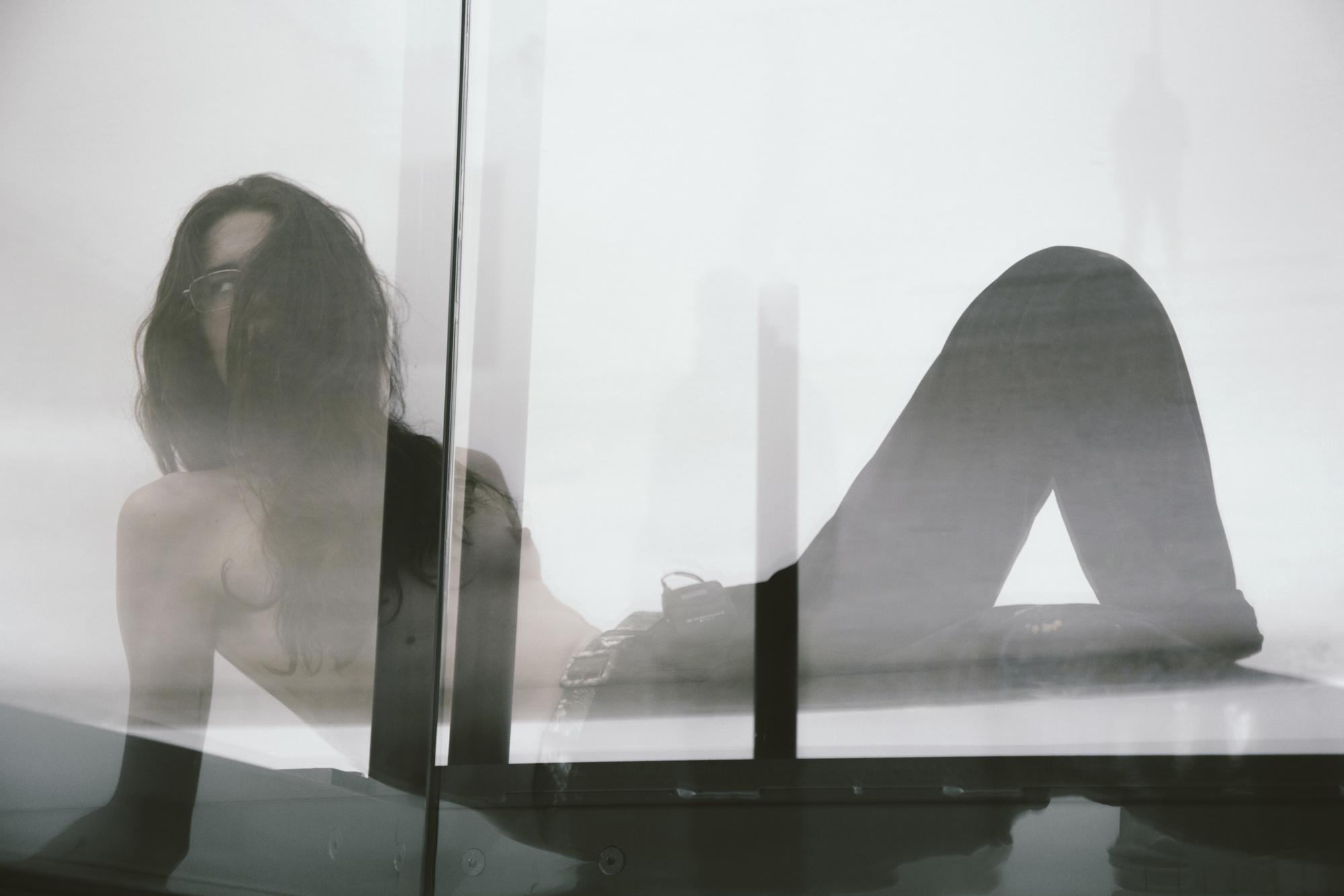Every two years, the picturesque city of Venice acts as host for the loudest and most spectacular art event in the world. Since 1895, the Venice Biennale has functioned as an authoritative marker of contemporary art through its large-scale curated exhibition, and as a kind of Olympic Games for the fine arts, with several dozen nations from all over the world putting their finest artists forward in the national pavilions spread across the city, clustered in the lush historic Giardini and in the nearby former shipyard warehouses of the Arsenale.
In addition, the city’s many art foundations and museums, along with a whole number of pop-up and collateral events, saturate the ancient merchant city with so much art that a week would barely suffice to see it all. To attend the Venice Biennale is to float seamlessly from state- to corporate-sponsored art exhibitions, from obscure site-specific installations to art historical survey shows, and from artist-run pop-ups to the in-store Louis Vuitton Foundation. As such, Venice is a pretty exact marker of the role of art in our current society, where it’s used amongst others as an instrument of protest, corporate marketing, self-expression, propaganda, and nation-building, more often than not all at once.
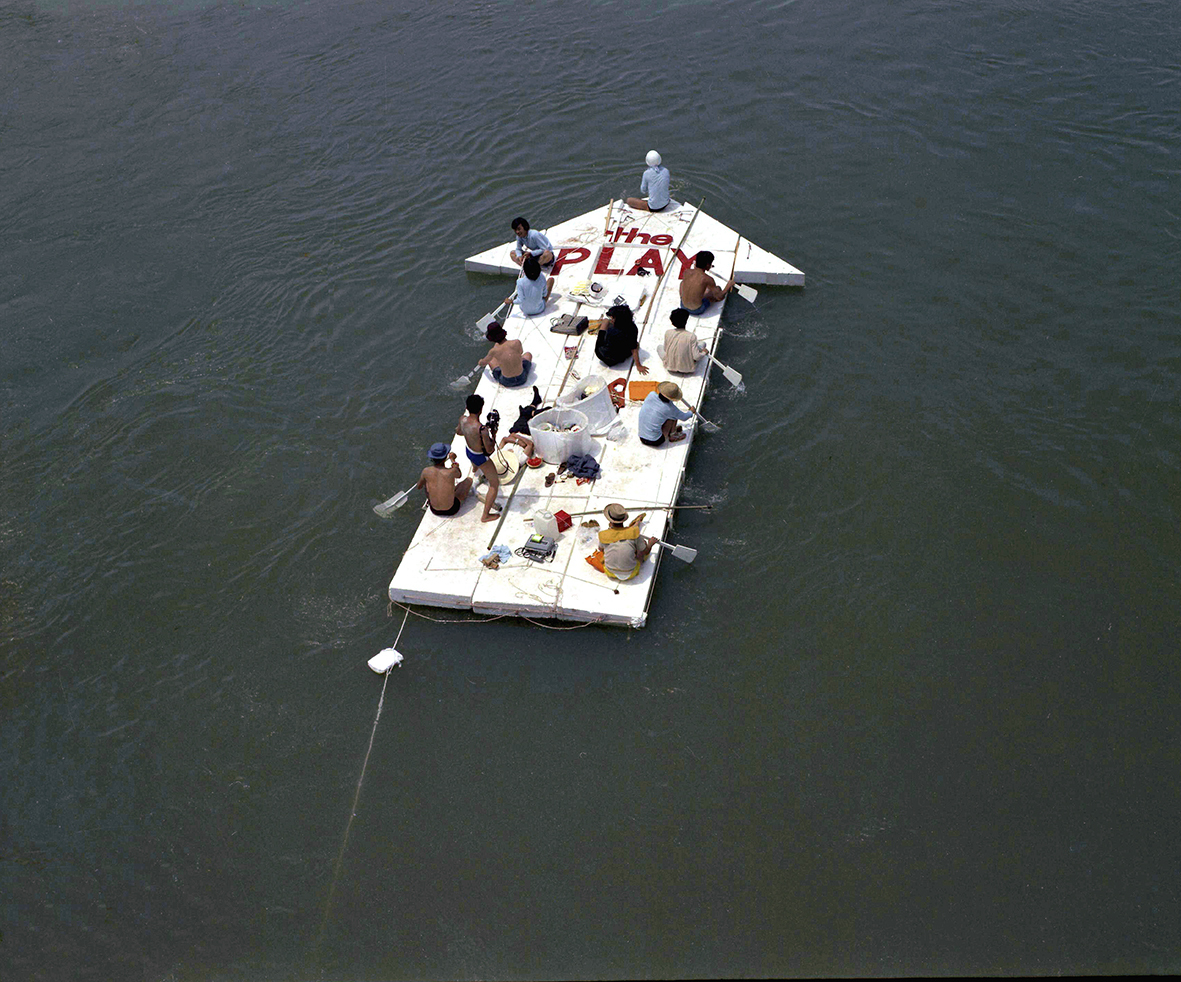
It’s in this spectacular chaos that the 57th Venice Biennale’s central exhibition, Viva Arte Viva, sits, produced by Christine Marcel, who can usually be found working as Chief Curator at the Centre Pompidou in Paris. Organized over 9 “chapters” and featuring a staggering 120 artists, the show unfolds as a series of vast spaces dedicated to expansive themes such as “metaphysics”, “time and infinity”, “shamanism”, and “joys and fears”, examining these concepts through the figure of the artist. The show was noticeably formal, with plenty of beautiful, tactile, and colorful works, like the large abstracted wall-based felt garments by Frans Erhard Walther, and Rina Banerjee’s towering weaved sculpture. There were many brilliant works, some new, and some recovered from art history: Marcel resurrected the archives of ever-morphing Japanese art group The Play, and the documentation of their series of performances Current of Contemporary Art, first staged on the Uji River in Kyoto in 1969, where the group produced a giant arrow-shaped raft in Styrofoam and sailed downstream. In the “Pavilion of Earth,” the best of the 9 sections, the American artist Charles Atlas presented his moving image study of sunsets (The Tyranny of Consciousness, 2017), overlaid with the voice of NYC drag queen Lady Bunny lyrically reflecting on issues of climate change.
Marcel had declared she was making an exhibition “inspired by humanism,” and this positivist tradition shone through. While the idea of a contained universal idea of a “human” is alluring on the surface, it felt, on closer inspection, out of touch with reality if not wholly delusional. The exhibition seemed to propose that ruptures and conflicts within human collectivity could be mended via art, sometimes quite literally, as in Lee Mingwei’s The Mending Project, which invites visitors to bring torn clothes to be repaired by the artist. Ritualistic performances with indigenous peoples in jungles (Marcos Ávit Forero) or in large groups in open fields (Antoni Miralda, Joan Rabascall, Dorothée Selz, and Jaume Xifra) suggested art as a solution or escape from social issues such as colonialism, and this crystallized in the work of Danish-Icelandic Olafur Eliasson, who transformed his exhibition space into a giant workshop employing refugees to produce makeshift lamps while sharing their stories to passerbys.
Yet labor and the production of value go beyond the merely economic. In a time of global political and humanitarian crisis, not only of war, but of precarious labor systems, nationless refugees, cyber-wars, and rising neo-fascism, it felt strange to return to the idealistic figure of the “human,” especially one mediated through the figure of the artist, which is historically such a privileged position.
And indeed, after passing through most of the spaces, we learned that the artist is definitely a man (always referred to as “He” on all wall-texts) and mostly white; works mostly with painting, and isn’t bothered with the (relatively) new digital world. What about the people that have historically been excluded from the category of the “human” — and what about the human in an era of technology that changes our very physical DNA? Such questions were only teased at.
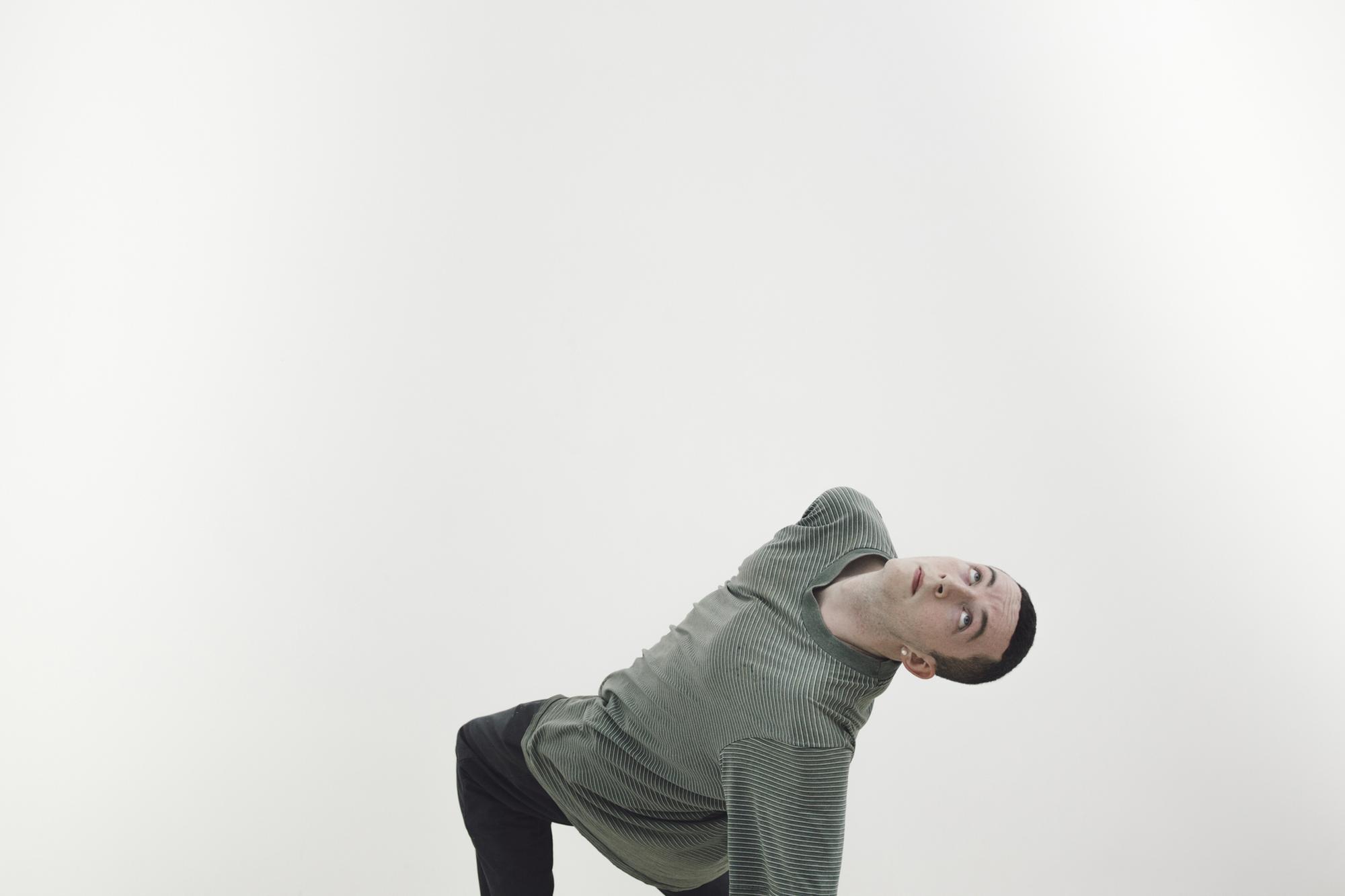
The national pavilions tend to reflect more — as you might expect — on issues of national identity. The 86 pavilions this year ranged in their discussions from the hyper-critical to the borderline propagandistic. Korean artist Cody Choi successfully evoked the tensions within cultural translation and stereotyping in his presentation at the Korean Pavilion; where he installed a giant wall of neon signs that conflated casino iconography from Las Vegas and Macao. Digital practice and issues of technology were finally addressed by Katja Novitskova and Sidsel Meineche Hansen in the Estonian and Bosnian Pavilion respectively, each dealing with the status of the digital image and its relation to physical materiality, nature, and the body.
The talk of the town quickly became Anne Imhof, who stunned audiences with the loud and visceral performance installation Faust at the German Pavilion. Responding to the specificity of the pavilion and its fascist architectural history (originally decorated with the swastika, Hitler and Mussolini once exchanged fascist salutes in its neo-classical entrance hall), Imhof produced an angst-ridden spatial topology of contemporary German identity consisting of industrial sinks, running water hoses, Doberman dogs, and an army of performers in fashionably tattered sports clothes and denim. Over the course of five hours, the carefully choreographed group brought anticipating audience members through a misanthropic register of emotions and group interaction in zombie-time. To the sound of aggressive industrial music, the group exercised patterns of social control, self-surveillance, and malaise under the sign of style and fashion, patterns far from unfamiliar within the great void of existence under contemporary capitalism.
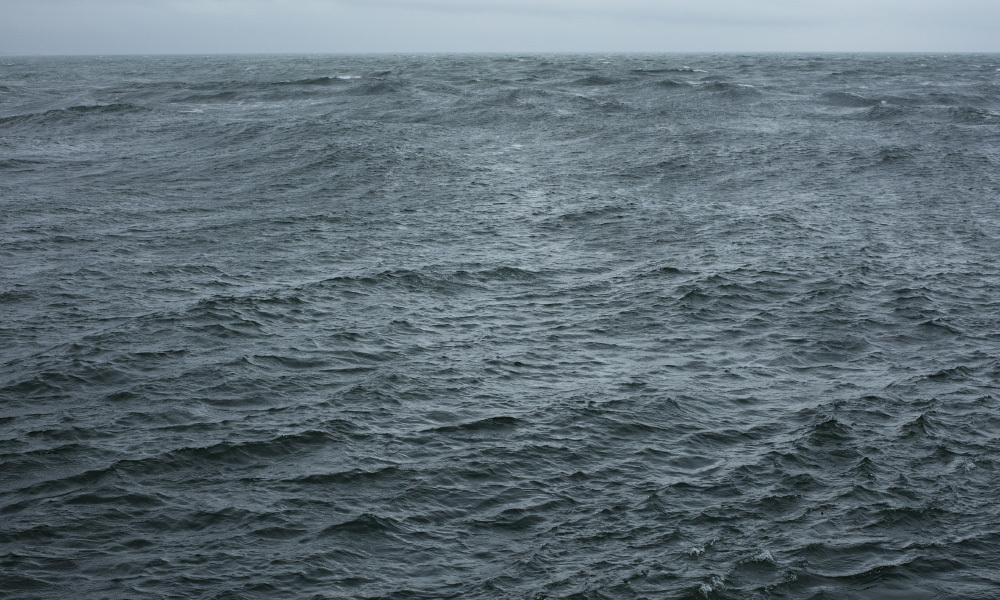
There’s always one exhibition in Venice that serves as the necessary antithesis to the official curated exhibition (in 2015, Danh Vo’s Slip of the Tongue at Punta della Dogana attracted all the accolades missed by then-curator Okwui Enwezor), and this year, it was without a doubt v-a-c’s Construction Space Force – Contemporary and Soviet Art in Dialogue at Palazzo delle Zattere that ticked that box. Mixing historical and contemporary artworks with archival material and educational initiatives, the exhibition set out to revisit the radical promise of Russian Constructivism as it emerged in the 20s and 30s Soviet Union, and to trace the influence up until now.
Constructivism aimed for artists and designers to become active participants in political revolution; in the factory, the school, the spaces of art, and the battle field itself if necessary. Gustav Klutsis produced his political multimedia kiosks; El Lissitzky and Aleksei Galaktionov designed furniture; and Varvara Sepanova constructed ornamented theatrical decorations in accordance with the revolutionary spirit. Through the figure of the artist, the exhibition proved, the very nature of politics and its processes can be turned inside out, not through distanced contemplation in the studio, but through actual immersion into society. Cuban performance artist Tania Bruguera and German photographer Wolfgang Tillmans are two artists whose practices offer some strategy for re-thinking the artist as a political figure today; Bruguera through her social led durational practices that involve large publics, and Tillmans through his active advocacy of the EU as a unifying body in a time of neo-nationalism in Europe.

Inversely, the dangerous utopianism of mass propaganda is mocked by Chinese net artist Cao Fei in her video work People’s Limbo in RMB City (2009), in which the three Marxist political leaders Mao, Marx, and Lenin assemble and riff off revolutionary theories inside in the urban meta-city RMB, that the artist built virtually in Second Life in 2007. All in all, Space Force Construction produces the kind of critical multivalence of perspectives one might expect from exhibitions trying to redefine political art today. Not far from Palazzo delle Zattere, in Fondazione Bevilacqua La Masa, Scottish-born Brussels-based Lucy McKenzie equally successfully presented an ambitious solo show, her first in Italy. McKenzie works in and through the so-called “decorative arts” to study histories of ideology in relation to representation; in Venice, she explored fashion mannequins, public murals, and consumer packaging.
A final tenet of the many offerings in Venice was global warming and climate change, a phenomenon that inescapably engulfs the city of Venice, whose many canals encroach on the crumbled buildings more and more every year. At Fondation Louis Vuitton, Pierre Huyghe showed a series of video works shot in Antarctica, documenting an expedition to a small island recently formed due to melting polar caps, and reportedly inhabited by a single albino penguin. Huyghe concerns himself with the impossibility of representing nature, highlighted in the film A Journey That Wasn’t (2005), which tries to re-stage the topography of the island inside a Central Park skating rink in New York. Huyghe’s work echoes the The Antarctic Biennale, which brought a series of artists onboard a research ship to Antarctica, a place uninhabited and officially shared by all countries. Making space about issues around ecology, humanity, and conquest in a nation-less place served as a necessary commentary on an art world still obsessed with national borders and identity.
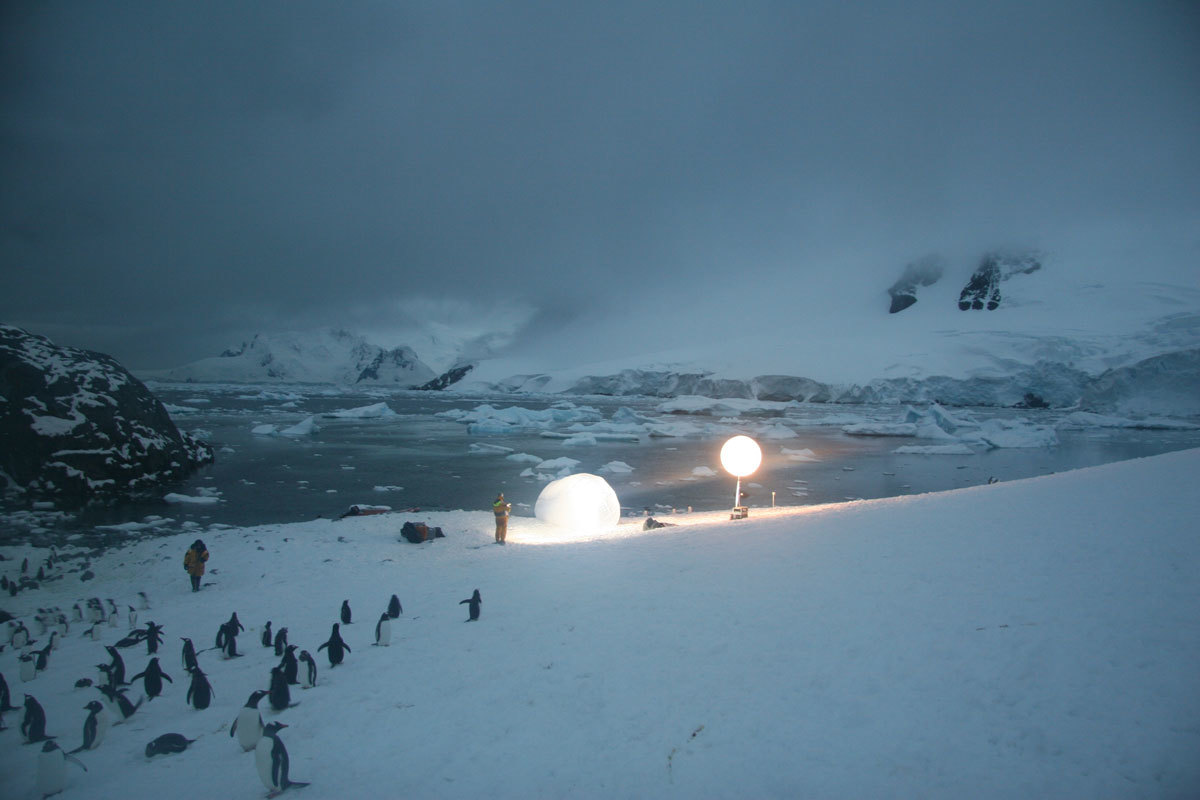
Credits
Text Jeppe Ugelvig
